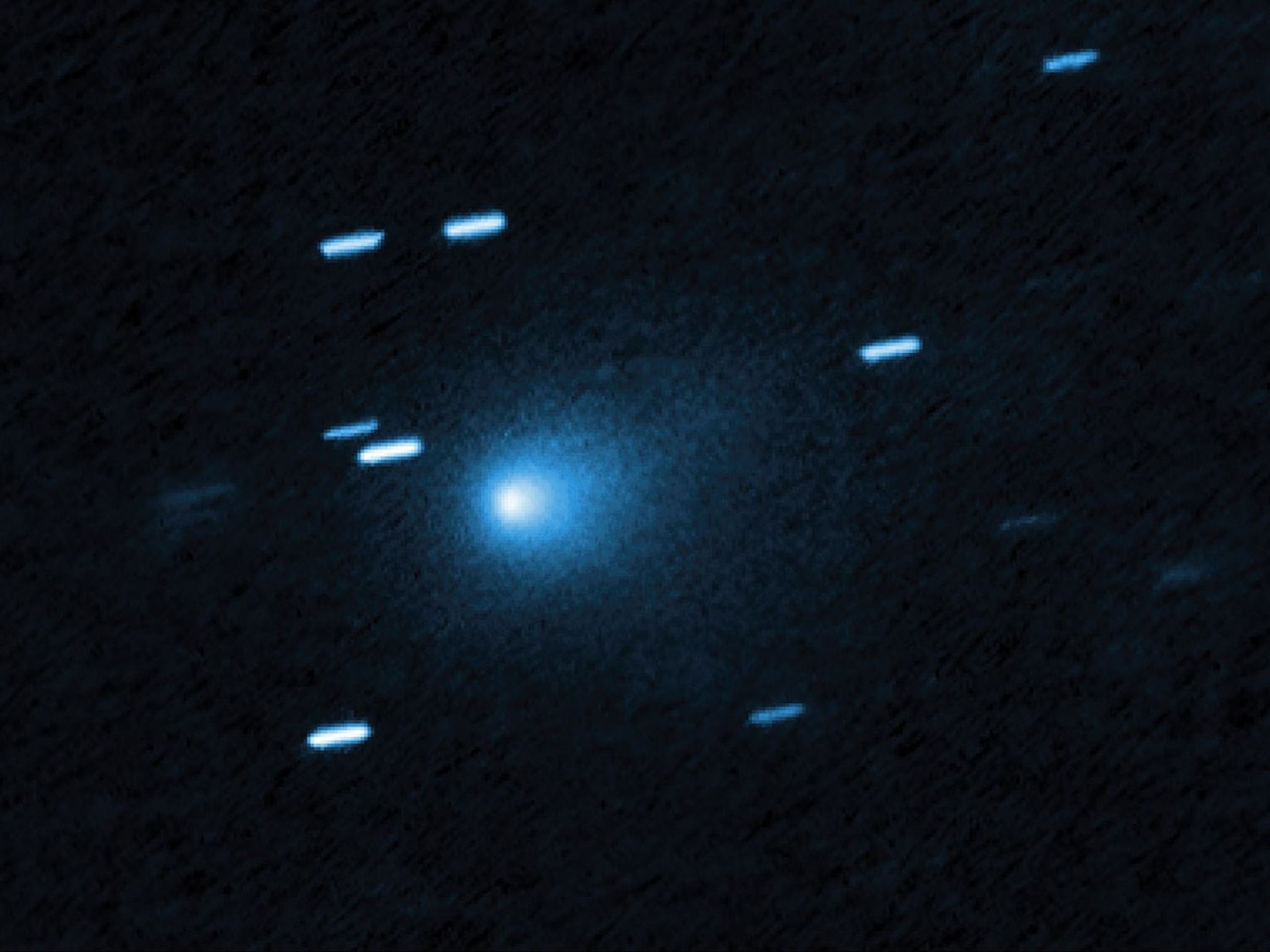
Picture: Asteroid Has Mountain Three Times as Tall as Everest
New view shows huge peak on Vesta's south polar region.
The asteroid 4 Vesta hosts a mountain three times as high as Mount Everest, seen in a new picture from NASA's Dawn spacecraft.
The unexpected peak rises from the center of a crater in the asteroid's south polar region. The mountain is about 13 miles (22 kilometers) high and spreads about 112 miles (180 kilometers) at its base.
By contrast, the biggest known mountain in the solar system, Mars's Olympus Mons, stands 16 miles (25 kilometers) high and spreads 374 miles (624 kilometers).
"Vesta is full of surprises, and no more so than in the southern polar region," Paul Schenk, a Dawn participating scientist at the Lunar and Planetary Institute in Texas, said today during a press briefing.
"We had indications before arrival that the south polar region was going to be interesting," Schenk added. For instance, "Hubble pictures show a dimple there, but at [the space telescope's] resolution it's hard to tell what's going on."
With the new, higher-resolution data from Dawn, scientists can see the "dimple" is really an impact crater—dubbed the Rheasilvia Basin—that's about 295 miles (475 kilometers) wide and that's dominated by the massive central mound.
"Vesta is really a small world that is quite unique and has exceeded our expectations," Carol Raymond, Dawn's deputy principal investigator at NASA's Jet Propulsion Laboratory, said at the briefing.
Flattening an Asteroid
At about 330 miles (529 kilometers) wide, Vesta is the second largest body in the main asteroid belt, a ring of solar system "leftovers" that lies between the orbits of Mars and Jupiter.
Dawn entered orbit around Vesta in July and will spend a full year collecting data before moving on to the dwarf planet Ceres, the largest body in the main belt.
(Related: "Three New 'Plutos'? Possible Dwarf Planets Found.")
Using some of the high-resolution pictures of Vesta taken so far, JPL scientists created an image that gives an angled view of Vesta's south polar region, to highlight its three-dimensional topography.
Like straightening out an orange peel, this view of Vesta's surface has been digitally flattened so that features such as the high mountain don't disappear over the horizon of the nearly round asteroid.
Vesta a Peek at Baby Earth?
Studying features such as the giant polar mountain on Vesta should help scientists trace the asteroid's geologic history, possibly giving a glimpse at how our solar system formed.
Previous studies of meteorites from Vesta showed that the space rock's pitted surface was once coated by basaltic lava flows, hinting that Vesta hosted a global magma ocean similar to the one that likely existed on Earth's moon.
(Related: "Magma 'Ocean' May Have Flowed Inside Early Earth.")
In fact, Vesta is thought to be a protoplanet—a baby world whose growth was stunted by gravitational interactions from Jupiter, as that planet grew to become the massive gas giant we see today.
The results of the Dawn mission, according to NASA, can therefore offer clues to what rocky planets such as Earth and Mars might have looked like in the early days of the solar system.
"We are finding—and expect to further document—that Vesta has undergone planetary processes," JPL's Raymond said.




